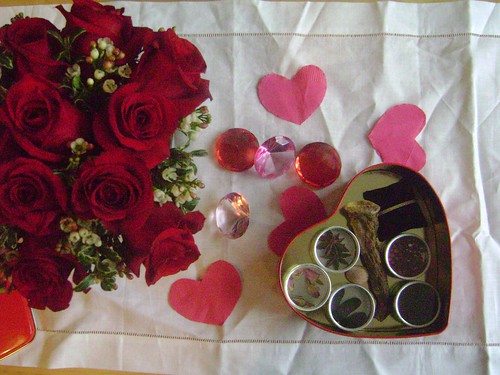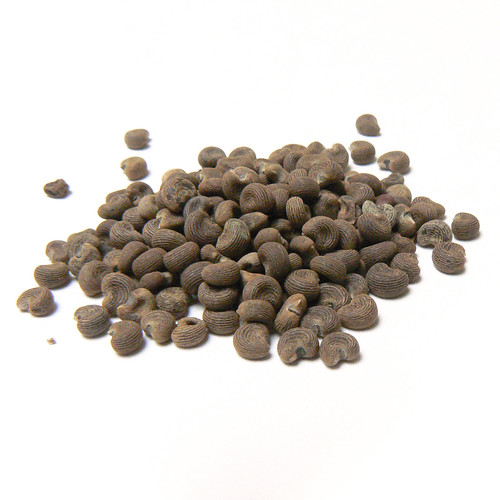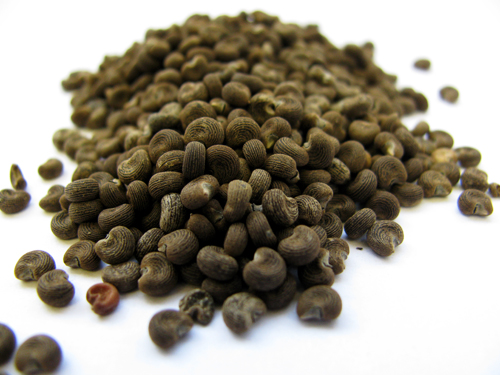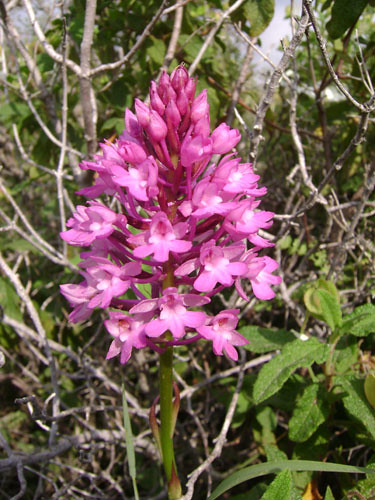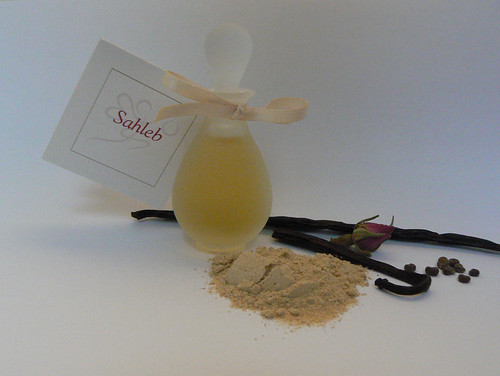Amaluna
Every once in a while, I owe myself a visit to the circus. It doesn't only wake up the sleepy towns in Carnivale, but also the soul: bringing unsurfaced fantasies into the mundane and awakening the never-ending quest for more. And so I found myself at Cirque de Soleil's newest performance Amaluna last night, amazed at the commitment and dedication that each moment of the show requires from a host of artists - off and on stage.
The show surrounds the moon and it's fluctuating cycles, battles between fire and water, and the constant quest for love despite obstacles. One of my favourite scenes was the balancing act of sticks shaped like prehistorical bones, floating in space in a breath-stopping, slow-motion spin (pictured above).
The morning after, I pulled out my sample of Eva Luna that Charna from Providence Perfume Company kindly sent me at the end of 2012: a sheer concoction surrounding two unlikely partners: carrot seed and jasmine. Both related to the moon (as most aromatic seeds and white flowers are), it just seemed befitting to wear after the show.
Eva Luna begins with the jasmine being far more prominent than the carrot, paired with watery spearmint note. Bright, sheer and beautiful, it soars above the skin like a seagull from the water. The carrot seed whispers in the background with warmth anchored by the muskiness of ambrette seeds. Chased with a fresh yet sweet amber and frankincense accord, Eva Luna is unexpectedly easy to wear, more of a summery daylight scent than a lunar orchestra.
The show surrounds the moon and it's fluctuating cycles, battles between fire and water, and the constant quest for love despite obstacles. One of my favourite scenes was the balancing act of sticks shaped like prehistorical bones, floating in space in a breath-stopping, slow-motion spin (pictured above).
The morning after, I pulled out my sample of Eva Luna that Charna from Providence Perfume Company kindly sent me at the end of 2012: a sheer concoction surrounding two unlikely partners: carrot seed and jasmine. Both related to the moon (as most aromatic seeds and white flowers are), it just seemed befitting to wear after the show.
Eva Luna begins with the jasmine being far more prominent than the carrot, paired with watery spearmint note. Bright, sheer and beautiful, it soars above the skin like a seagull from the water. The carrot seed whispers in the background with warmth anchored by the muskiness of ambrette seeds. Chased with a fresh yet sweet amber and frankincense accord, Eva Luna is unexpectedly easy to wear, more of a summery daylight scent than a lunar orchestra.



